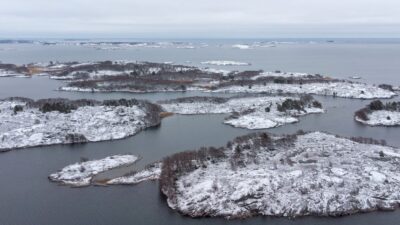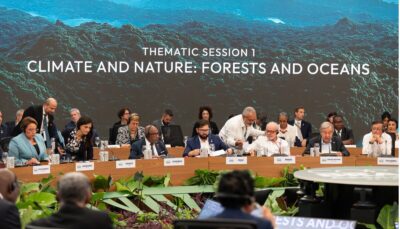Testing of gypsum treatment of fields around the Baltic Sea – How different countries are proceeding
More information:
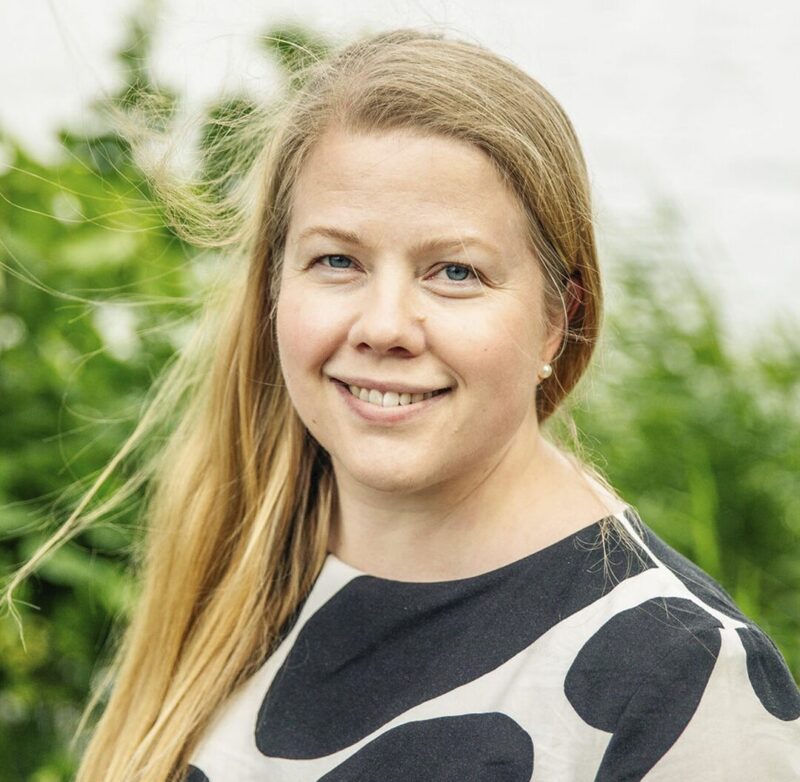
Gypsum treatment of fields has been proven to be an effective method for reducing nutrient runoff into the Baltic Sea. The method, which has been successful in Finland, is now being tested in other coastal countries around the Baltic Sea.
Gypsum treatment improves soil structure and helps bind phosphorus, which is one of the main contributors to eutrophication in the Baltic Sea, into the soil. When phosphorus is bound into the soil, less phosphorus leaches into water bodies, thus reducing nutrient load. The application of gypsum can even halve the amount of phosphorus and solids that end up in the water. This method has been shown to be effective, and its positive impact on the soil can last for up to five years. Despite its success in Finland, gypsum treatment is still a relatively unknown water protection method in many other countries around the Baltic Sea.
In the GYPREG project, field gypsum treatment is being researched and implemented in Sweden, Latvia, Lithuania, and Poland. The project also explores local sources of gypsum in these countries. It is led by the Finnish Environment Institute and involves seven partners from different countries. GYPREG is funded by the EU’s Interreg Baltic Sea Region programme, which supports cross-border cooperation for improving the state of coastal areas and marine environments.
Progress of GYPREG
Gypsum treatment is being tested on fields, and in Sweden, another soil amendment, structural lime, is also being trialed. The John Nurminen Foundation is responsible for organizing gypsum treatment at Åland Islands. This autumn, 467 tons of gypsum were delivered to Åland, where farmers applied it to 116 hectares of land. In Sweden, Crown Princess Victoria became interested in the project and participated in the gypsum spreading in August.
Soil samples have been collected in Åland and Sweden to study the impact of gypsum on soil structure and phosphorus retention. The Swedish Research Institute RISE is conducting these tests, in which gypsum is mixed into soil samples and artificially watered. The results of these tests will be available next year.
In Sweden and Åland, geographicdata has been used to map the suitable areas for gypsum application. Based on these maps, 14% of arable land in the Baltic Sea catchment area in Sweden is suitable for gypsum treatment, whereas in Åland, nearly all farmland is suitable – 94%.
Where can suitable gypsum for soil treatment be sourced? In Finland, high-quality gypsum is readily available as a by-product of the fertilizer industry. However, availability is more limited in some other countries. In Latvia, natural gypsum is present in the soil and is mined for industrial purposes, such as in construction. Both local and Finnish gypsum are being tested in laboratory conditions for their suitability in local soils. Laboratory experiments are also ongoing in Lithuania.
In Finland, gypsum’s effectiveness has been proven, especially on clay soils. However, in Latvia, where clay soils are less common, there is a need to test the method on other types of soils.
Next year, the first field applications of gypsum will take place in Latvia, with testing on one farmer’s land. In Lithuania, gypsum is already being applied. Both countries are also conducting geographic information, as in Sweden and Åland.
Laboratory tests are also underway in Poland, testing both Polish and Finnish gypsum on two different soil types.
In October and November, gypsum will be applied to fields on five farms, covering a total of 37 hectares. Geospatial analysis in Poland suggests that nearly 3 million hectares of land could be suitable for gypsum treatment, which represents 8% of Poland’s land area.
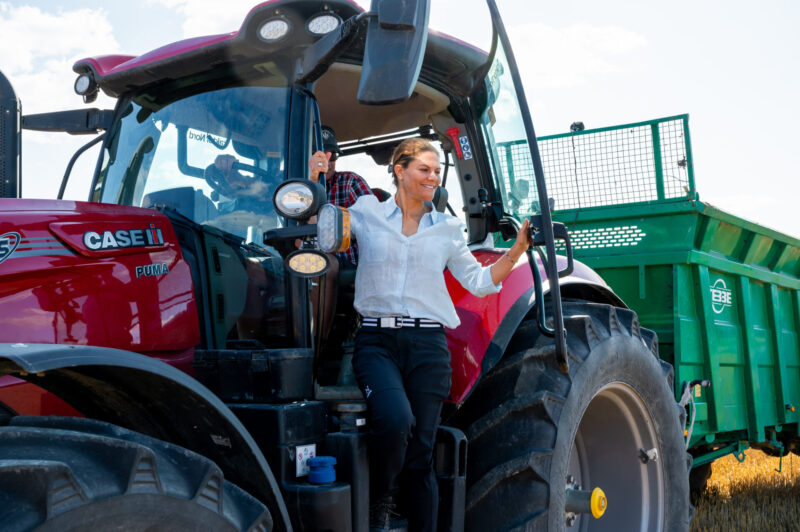
The project involves close cooperation between local farmers and agricultural stakeholders, as well as environmental organizations. Advisory groups consisting of representatives from each country have been formed to follow the project’s progress and assist farmers with the implementation of gypsum treatment.
The project is being carried out by the Finnish Environment Institute, the Latvian Institute of Aquatic Ecology, the Farmers’ Parliament (Latvia), the Lithuanian Research Centre for Agriculture and Forestry, the Institute of Technology and Life Sciences – National Research Institute (Poland), the Research Institutes of Sweden (RISE), Race for the Baltic (Sweden), and the John Nurminen Foundation.

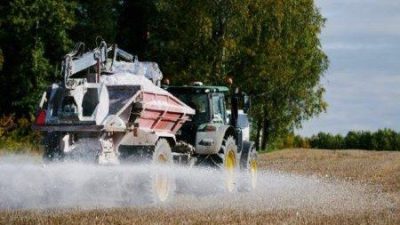
We reduce the nutrient load of the Baltic Sea by increasing the gypsum treatment of fields with our partners.
